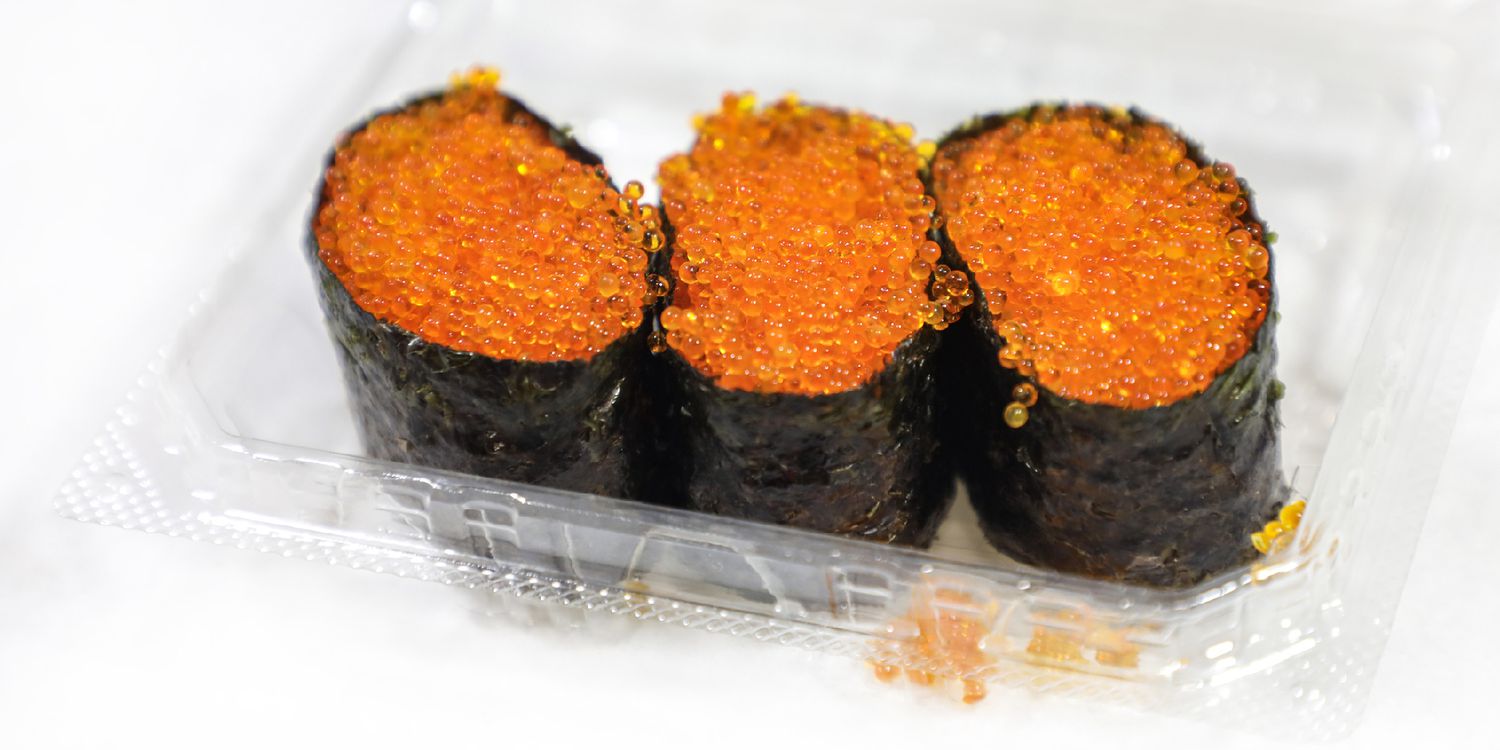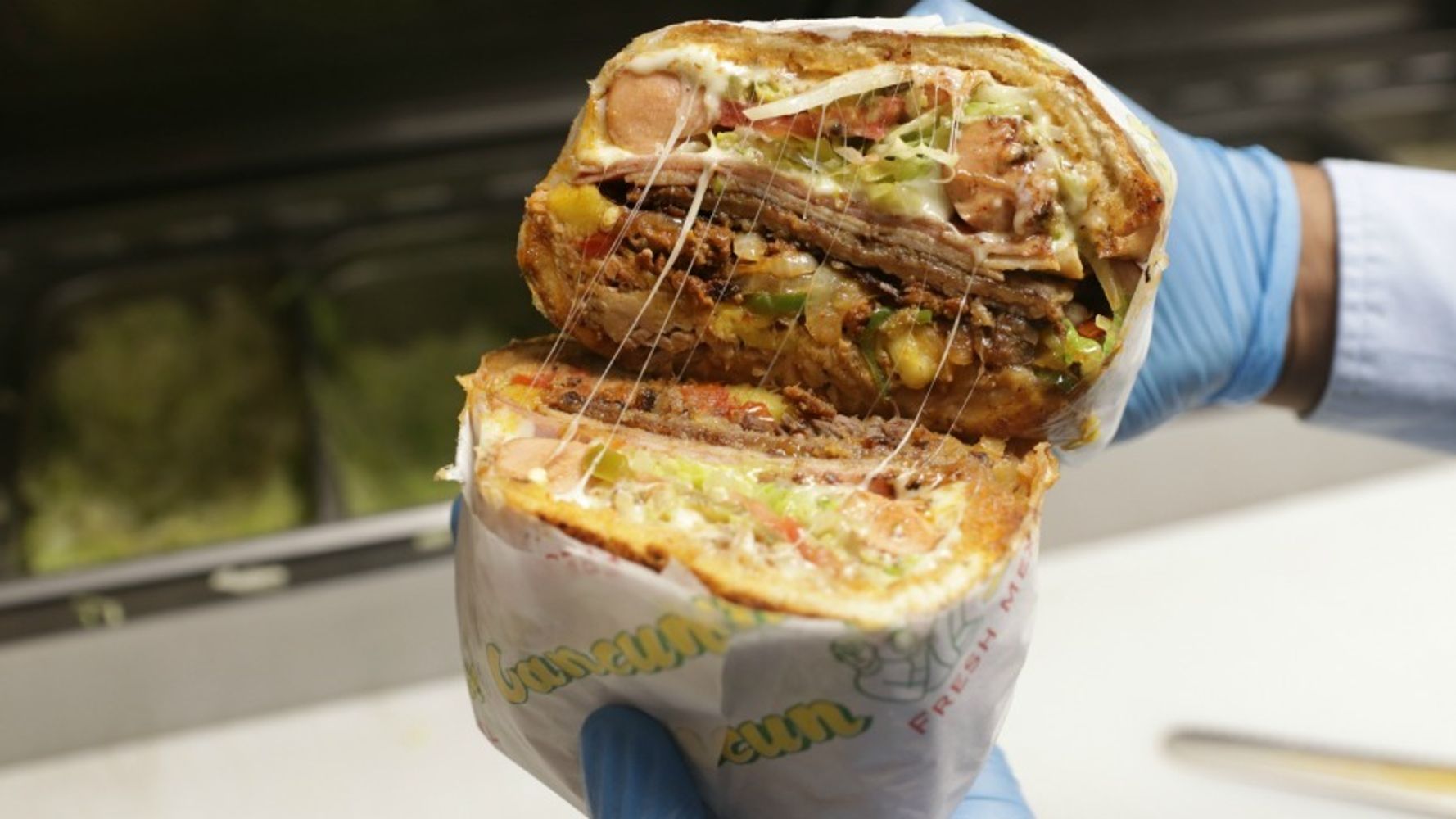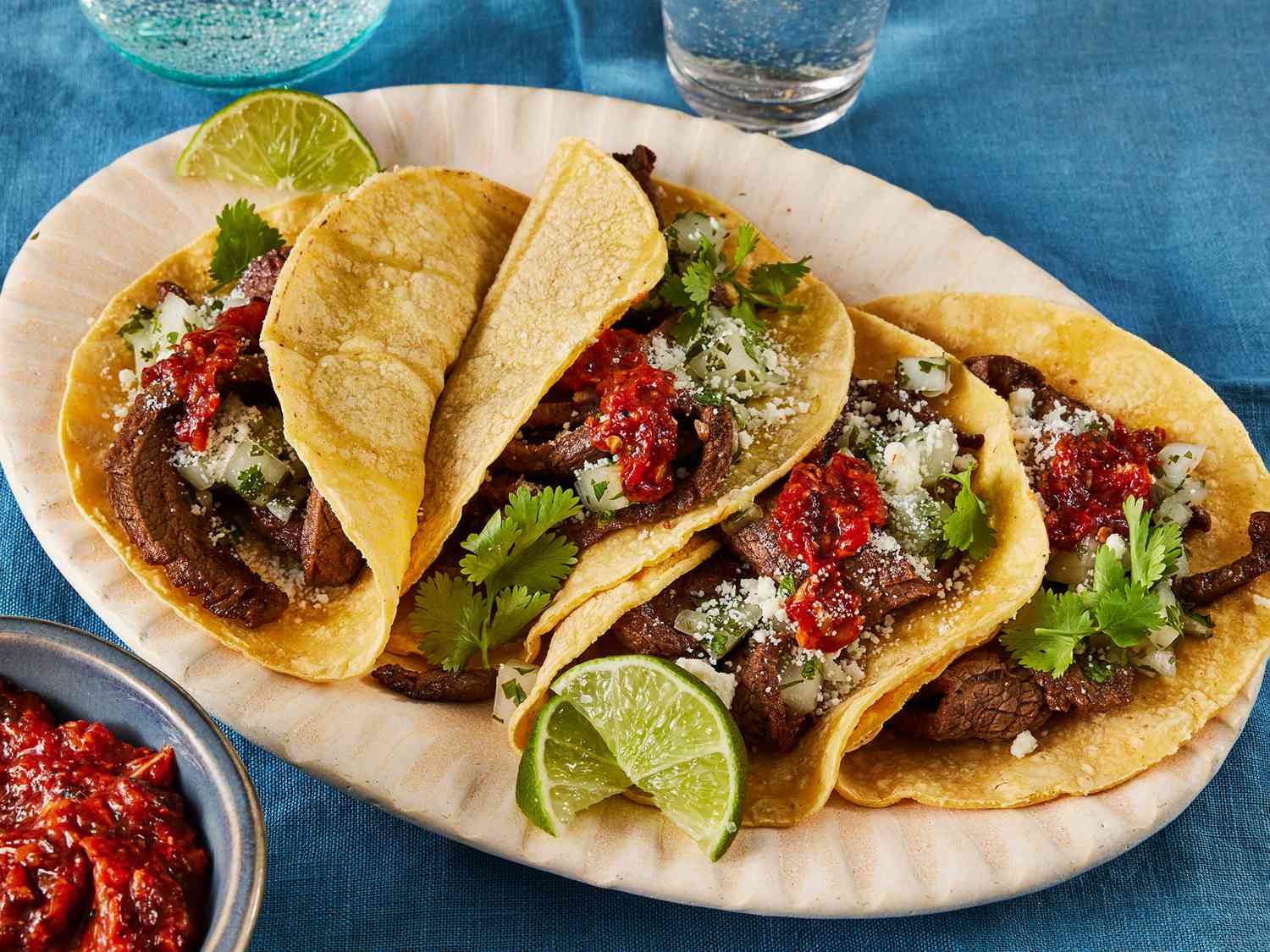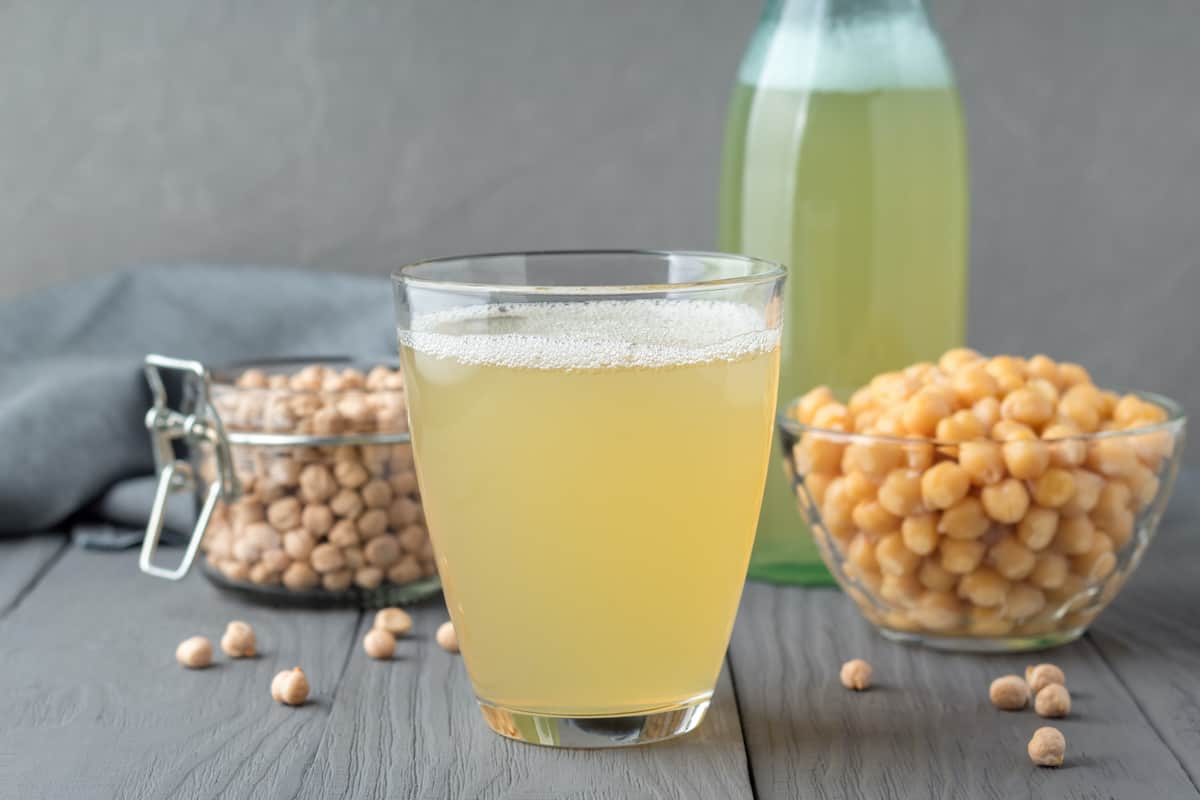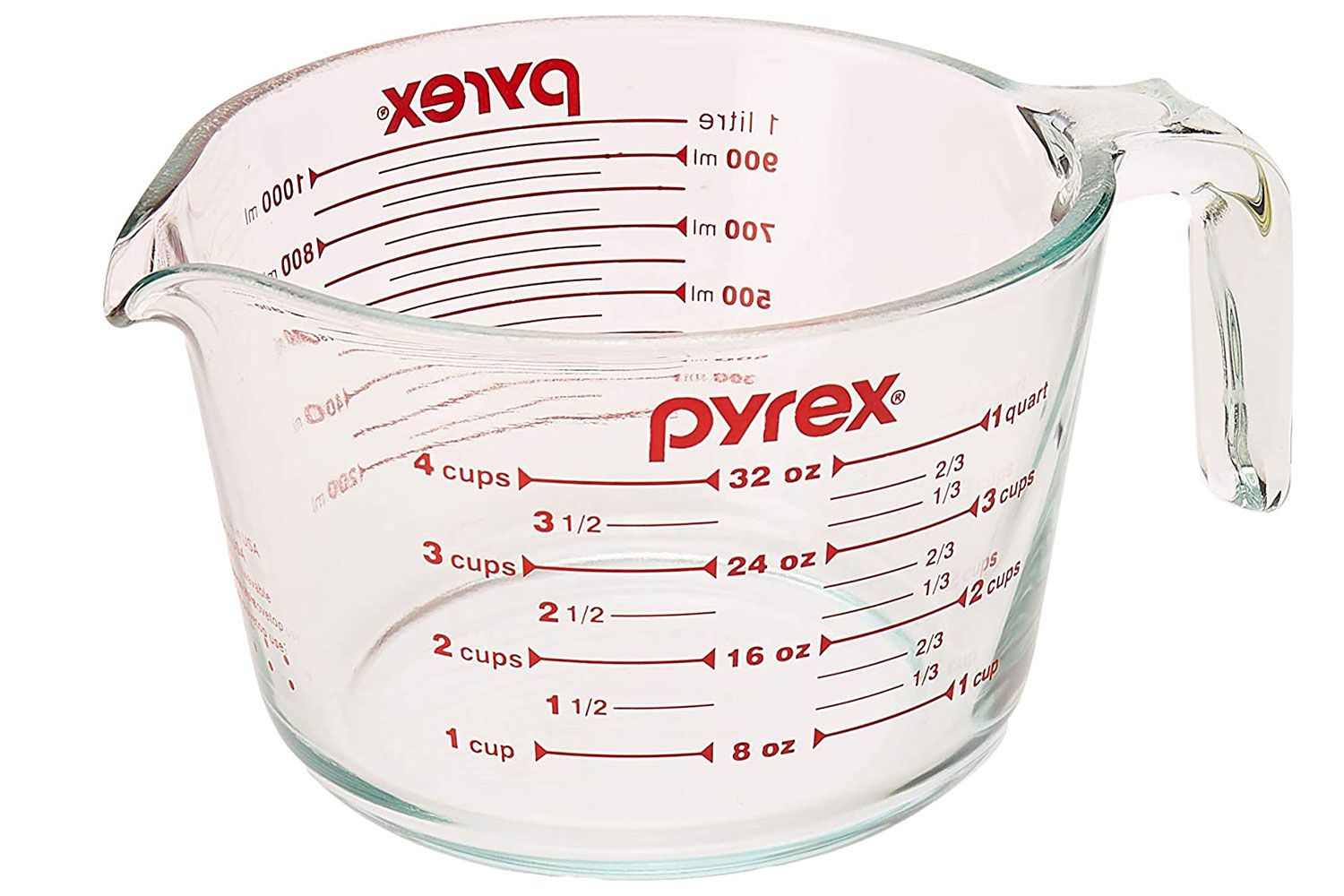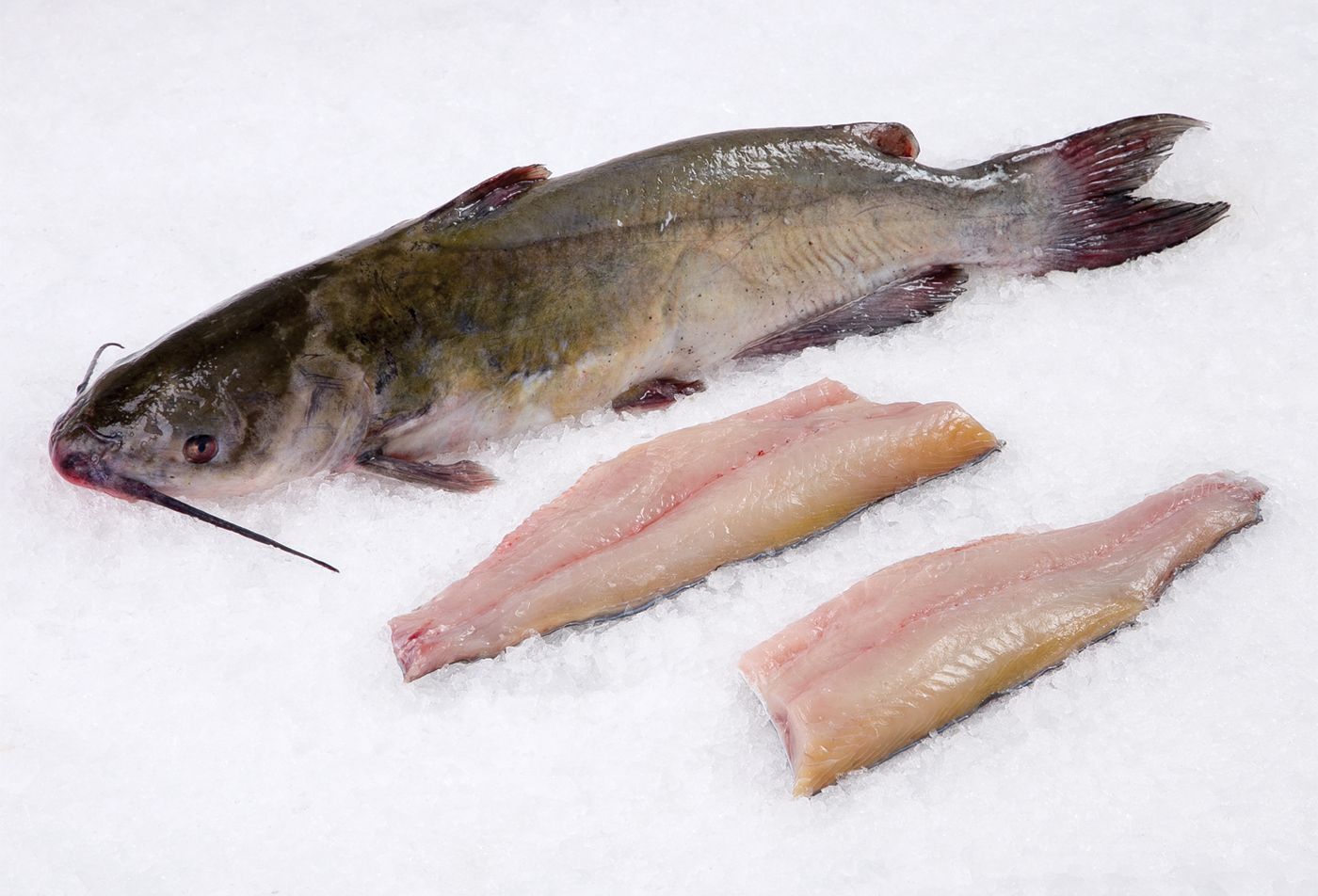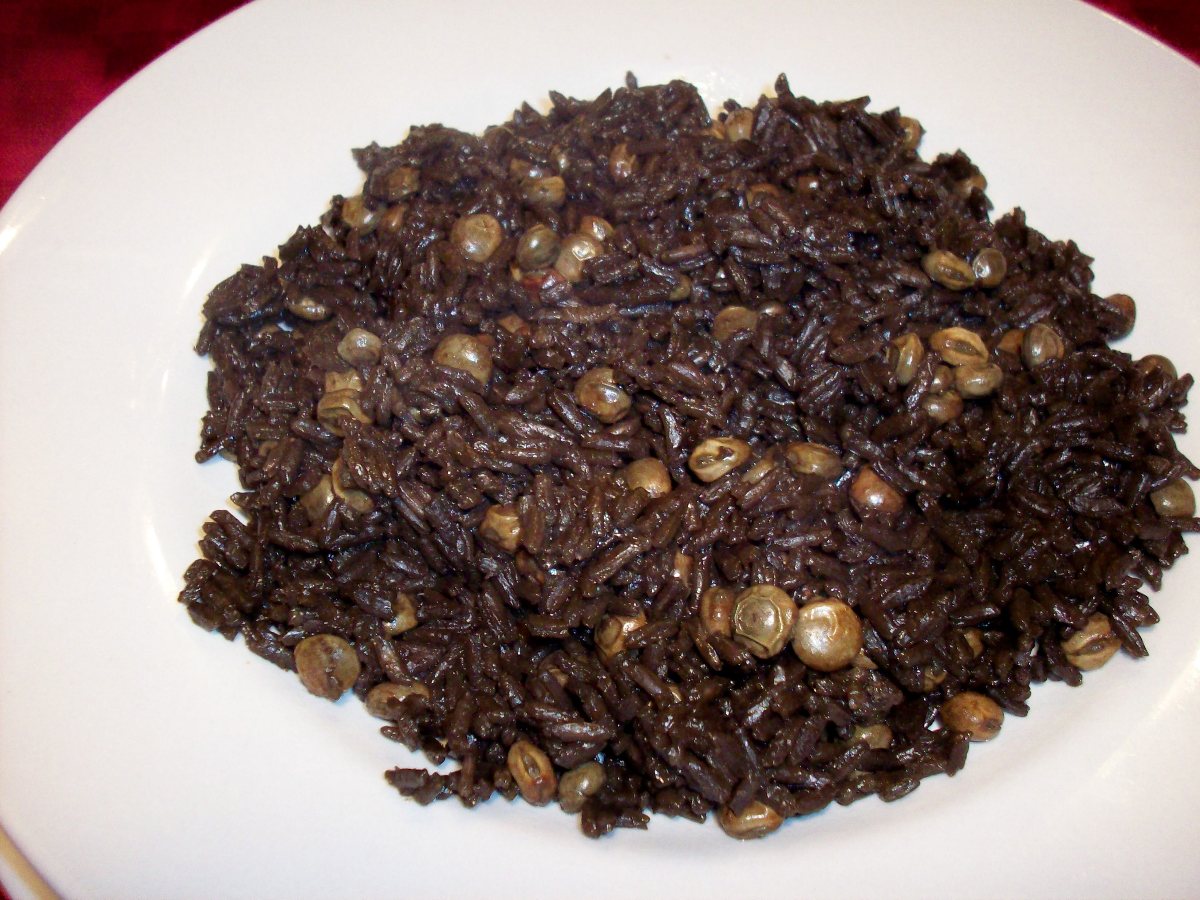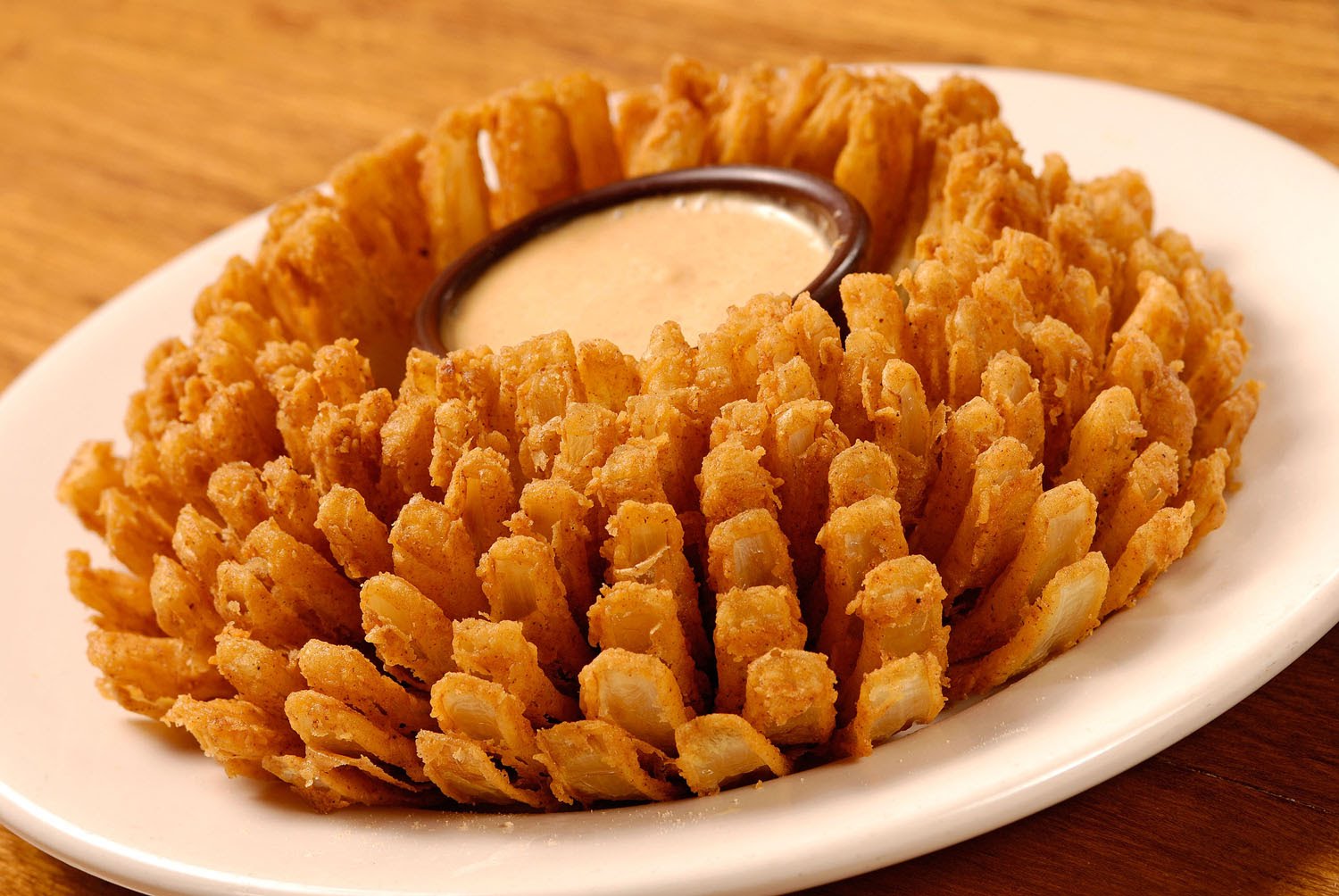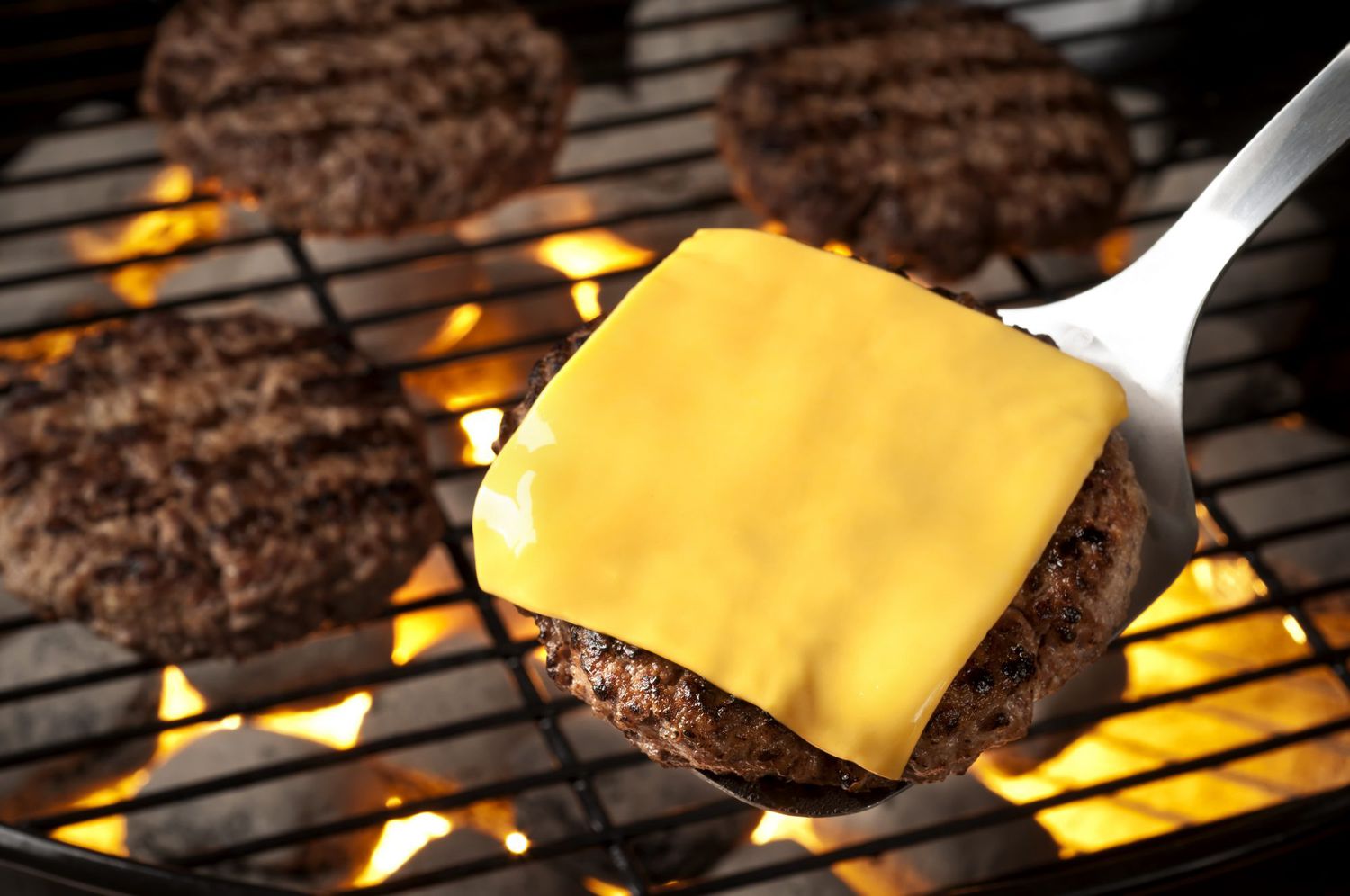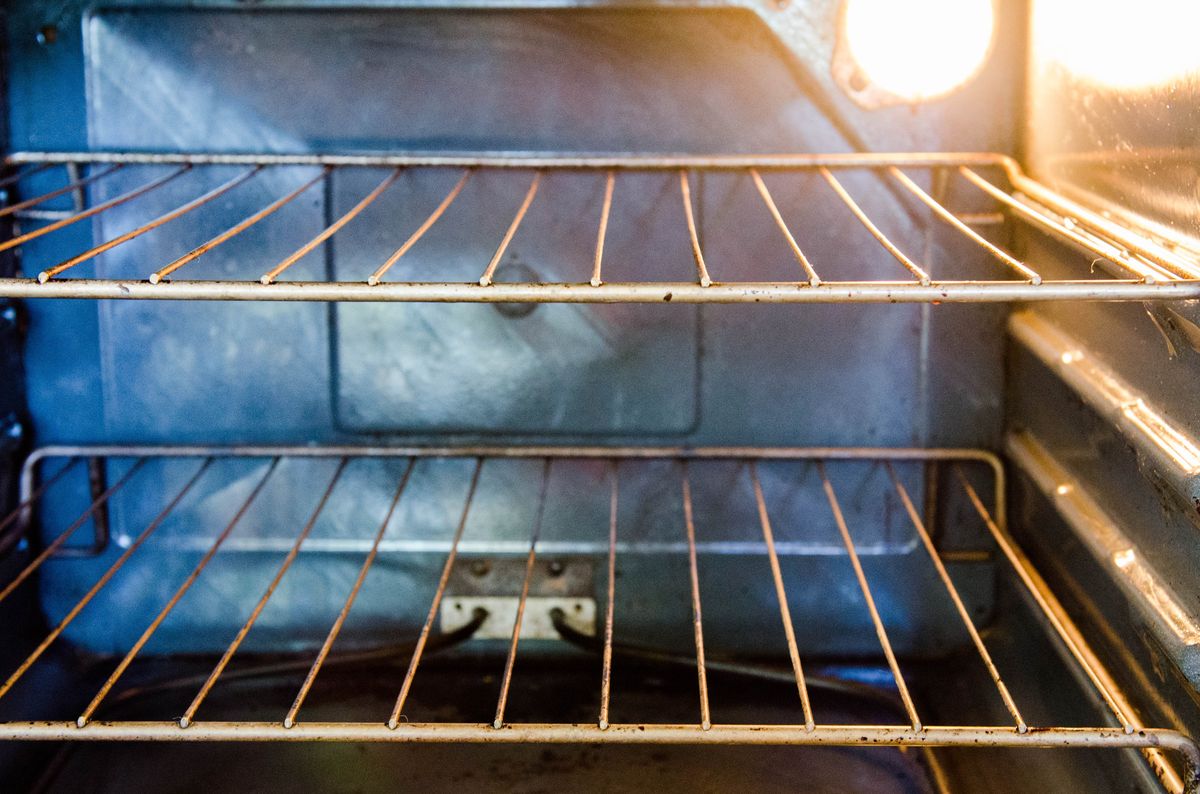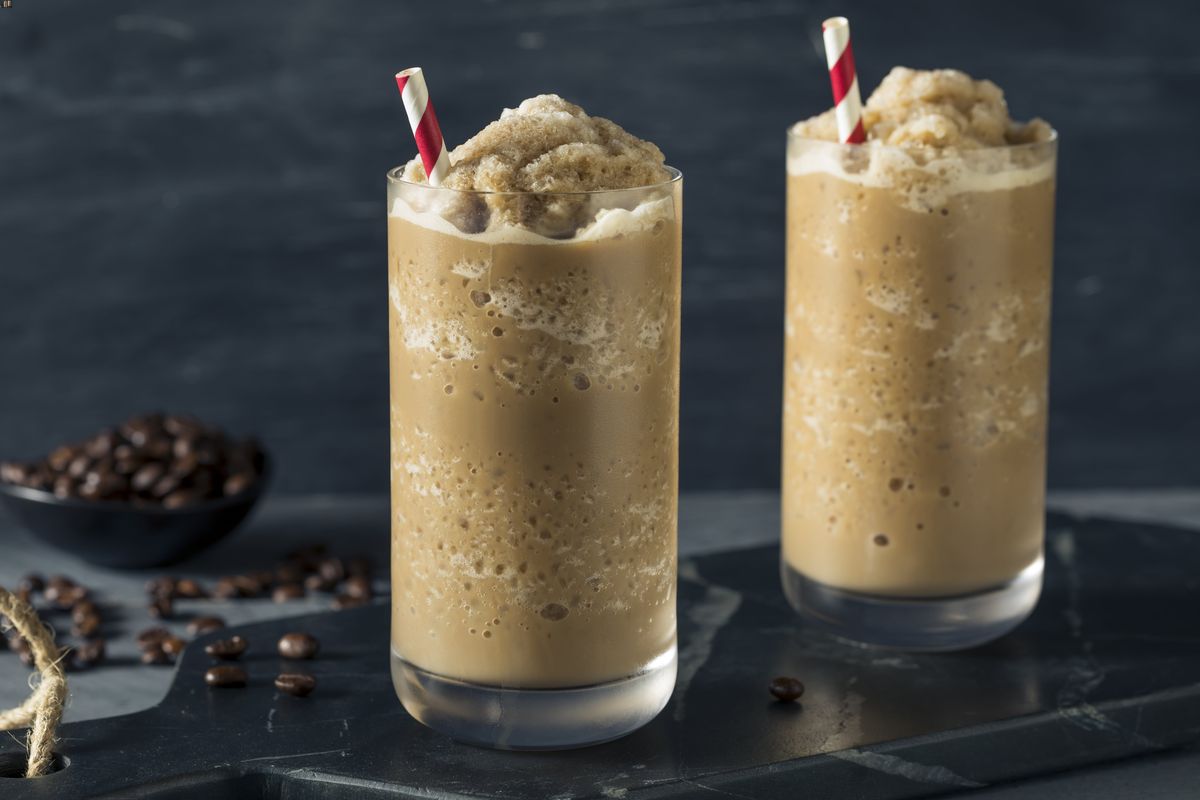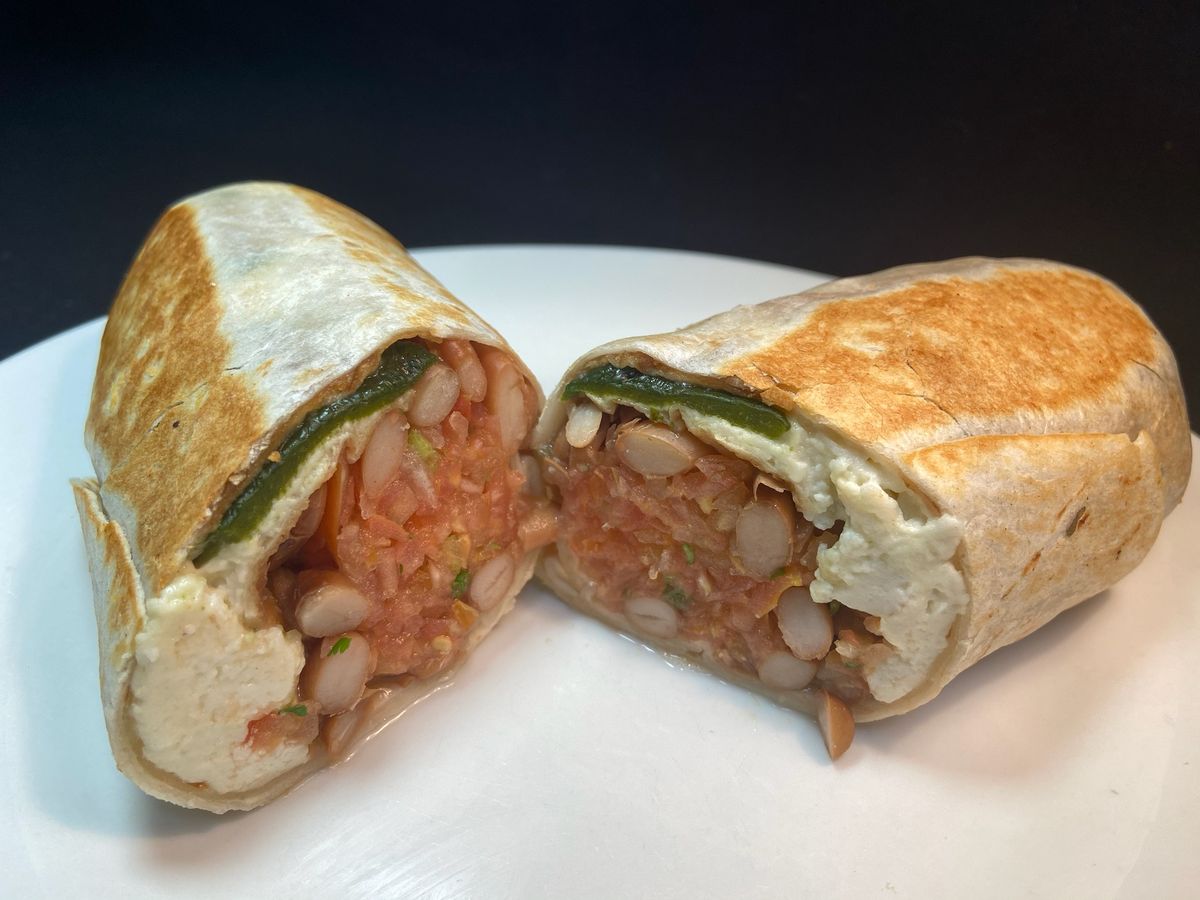The Biscuit Method: A Delicious Way to Bake
Are you a fan of flaky, tender baked goods? If so, you may have come across the term “biscuit method” in various recipes. But what exactly is the biscuit method, and how does it contribute to creating mouthwatering treats? Let’s dive into the world of baking and explore this popular technique.
Understanding the Biscuit Method
The biscuit method is a technique used in baking to create light and fluffy baked goods, such as biscuits, scones, and certain types of cakes. This method involves blending cold fat, typically butter, into the dry ingredients before adding the liquid. The goal is to create a crumbly mixture with small, pea-sized pieces of fat evenly distributed throughout the flour.
When the liquid, often milk or buttermilk, is added to the mixture, it is stirred until just combined. Overmixing should be avoided to prevent developing too much gluten, which can result in tough and dense baked goods. The minimal mixing helps maintain the tender, flaky texture that is characteristic of treats made using the biscuit method.
The Key Steps of the Biscuit Method
Now that we have a basic understanding of the biscuit method, let’s break down the key steps involved in this technique:
- Combine Dry Ingredients: Start by mixing together the dry ingredients, such as flour, baking powder, and salt, in a large bowl. This ensures even distribution of leavening agents and seasonings throughout the dough.
- Incorporate Cold Fat: Add cold, cubed butter to the dry ingredients. Using a pastry cutter or your fingertips, work the butter into the flour mixture until it resembles coarse crumbs. The small pieces of butter will melt during baking, creating pockets of steam that contribute to the flakiness of the final product.
- Add Liquid: Pour in the liquid, such as milk or buttermilk, and gently stir the mixture until the dough just comes together. Be careful not to overmix, as this can result in tough biscuits or scones.
- Shape and Bake: Turn the dough out onto a floured surface, gently pat it into a cohesive mass, and cut out shapes using a biscuit cutter or knife. Transfer the shaped dough to a baking sheet and bake until golden brown and delicious.
Benefits of the Biscuit Method
So, why use the biscuit method when there are other techniques for making baked goods? The biscuit method offers several advantages that contribute to the delectable texture and flavor of the final product:
- Flakiness: The incorporation of cold fat and minimal mixing results in layers of flakiness in biscuits and scones, making them a delight to bite into.
- Tenderness: By avoiding overmixing, the biscuit method helps maintain a tender crumb in the finished baked goods.
- Speed and Simplicity: This method is relatively quick and straightforward, making it accessible to both novice and experienced bakers.
Experimenting with the Biscuit Method
Once you’ve mastered the basic biscuit method, don’t be afraid to get creative in the kitchen. You can customize your baked goods by incorporating various mix-ins, such as grated cheese, herbs, or dried fruit, to add extra flavor and texture. Additionally, experimenting with different types of fat, such as lard or vegetable shortening, can yield unique results in terms of flavor and texture.
Whether you’re whipping up a batch of classic buttermilk biscuits or indulging in a sweet treat like strawberry shortcake, the biscuit method is a versatile and reliable technique for achieving delightful results. So, the next time you’re in the mood for some homemade baked goodness, consider reaching for the biscuit method and enjoy the flaky, tender delights that await!
Was this page helpful?
Read Next: What Is Brown Stew Chicken?
